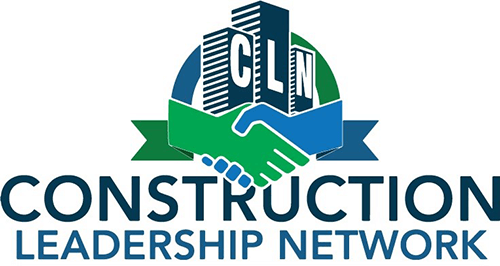
The management of working capital in a construction company begins with a job-by-job cash flow plan. The individual cash flow plans are then consolidated into the monthly cash needs forecast. That forecast is revised regularly by the Chief Financial Officer as circumstances change, and risk factors are mitigated or exacerbated. For example:
- If a project owner or the contractor you are working for, that has paid on time in the past fails to make timely progress payments on a current project, the CFO needs to adjust that customer’s payment, performance and cash flow forecast profile accordingly.
- If one of the subcontractors fails to perform on time and holds up the entire project, the estimated progress payments must be adjusted to reflect the diminished cash flow.
- If bad weather delays the concrete, masonry, or other portions of the work, the job progress payments will likewise be diminished.
- Retainage often creeps up on cash flow forecasts when the amounts being retained do not resemble the amount the cash flow forecast predicted.
- Disagreements between the owner or design team over the progress schedule often delays payments, but expenses march on uninterrupted.
No Surprises
A well-executed and carefully managed cash flow plan does not prevent any of these risks from occurring. What it does prevent, however, are the surprises when the company doesn’t have enough cash on hand to pay current expenses.
The management of working capital attempts to recognize the impact of risk factors on future cash flows and eliminate unpleasant surprises by matching inflows with outflows in advance. It is a delicate operation that requires a deep understanding of the unique risk factors that affect a contractor’s cash flow. Also required are the necessary financial management skills to mitigate unavoidable negative impacts.
Risk Factors Unique to Construction
- Too Rapid Growth
Working with slim margins in a low-bid environment, contractors are often forced to rely on front loaded invoices to generate fresh cash from new jobs to cover cash shortages. Cash shortages caused by lingering expenses unaccounted for in previous front loading. This homemade method of borrowing from Peter to pay Paul only works when subsequent jobs are all of a similar size. At first glance, the larger the new job the more robust the initial cash flow. However, what is too often overlooked is that larger jobs also generate larger residual expenses towards the end of the project. Rapid growth pushes cash flow out of scale and the trailing expenses begin to swamp the overall cash flow plan.
- Unfamiliar Projects
Every time a construction organization takes work it has never attempted before, it increases the risk of inadequate working capital. Estimators are at their best when they are estimating the type of construction the organization has done many times in the past. When estimators at a contracting firm that is experienced at working on apartment buildings, for example, are suddenly challenged to estimate a high-tech hospital, the risk of missing the mark increases dramatically. Inaccurate bids lead to inaccurate cash flow and the company is almost sure to experience a cash crunch.
- Subcontractor Risk
Contractors provide working capital financing for the project owner’s entire project and, in effect, guarantee the performance of all the other contractors on the project they are “partnered” with. Not only does the general contractor put up all the working capital on behalf of the project owner, but they are also expected to pay their subcontractors and material suppliers to keep them working even if one or more of them have not performed on schedule or strictly in accordance with specifications. What often happens is the contractors are demanding payment while the owner’s representative is delaying progress payments. The general contractor and subcontractors are caught in the middle and forced to provide “bridge” capital to keep the projects moving.
A good CFO predicts these developments and plans to have “bridge” capital available when needed. It is also the CFO’s job to keep a detailed dossier on every subcontractor the company uses. A firm’s Subcontractors or material suppliers seldom perform perfectly but some are better than others and a professional CFO considers the performance rating of each of them and folds the ratings into their cash flow plan.
No Surprises
“No surprises” is the primary objective of effective cash planning in construction. Experienced contractors and their CFOs know that cash flow risks are both unavoidable and unique to the industry. If, however, the risks are planned for it eliminates the constant worry of “running out of money”. A detailed cash flow plan will not increase profit, but it will decrease worry and eliminate surprises.
Next Week
Next week we’ll continue to discuss working capital management and cash flow planning in more detail.
For more information on management of working capital, read more at: CAPITAL
For a broader view of risk factors unique to construction, read more at: RISK FACTORS
To receive the free weekly Construction Messages, ask questions, or make comments contact me at research@simplarfoundation.org.
Please circulate this widely. It will benefit your constituents. This research is continuous and includes new information weekly as it becomes available. Thank you.


